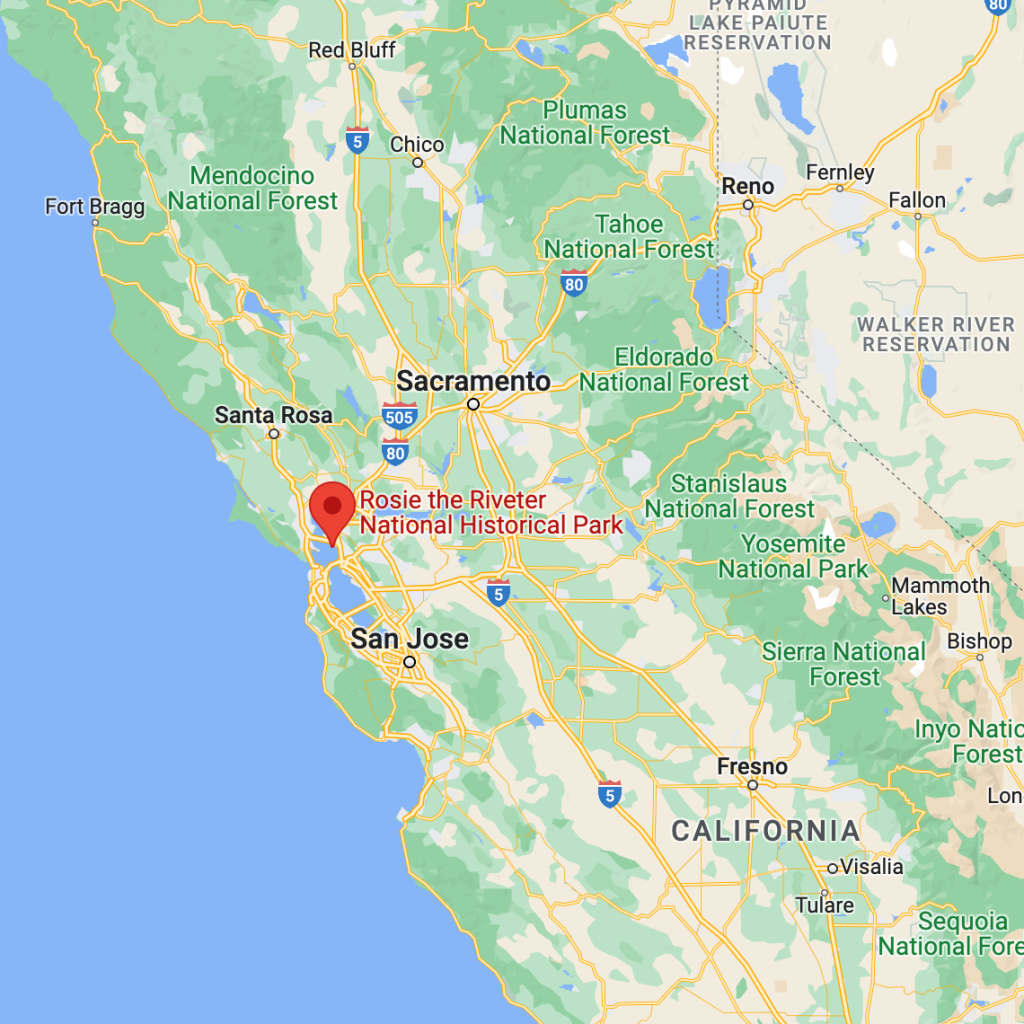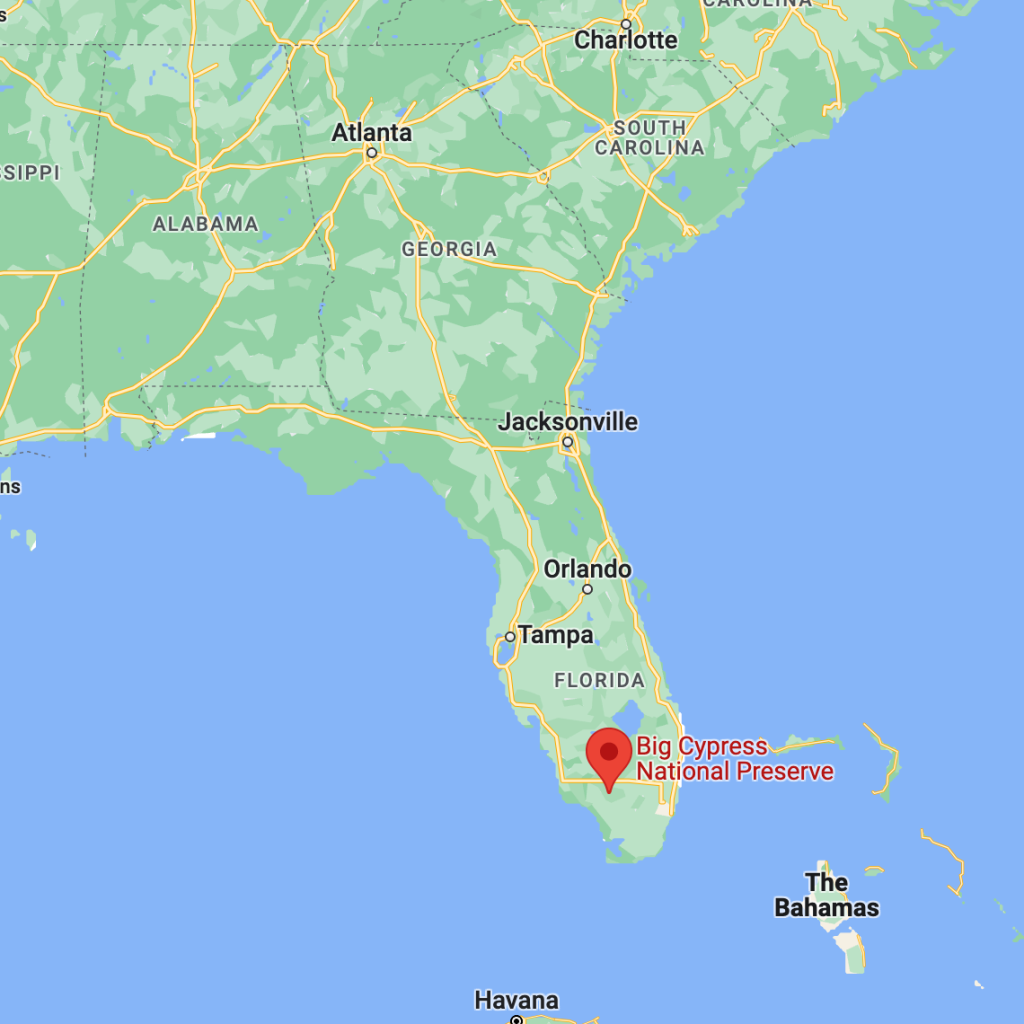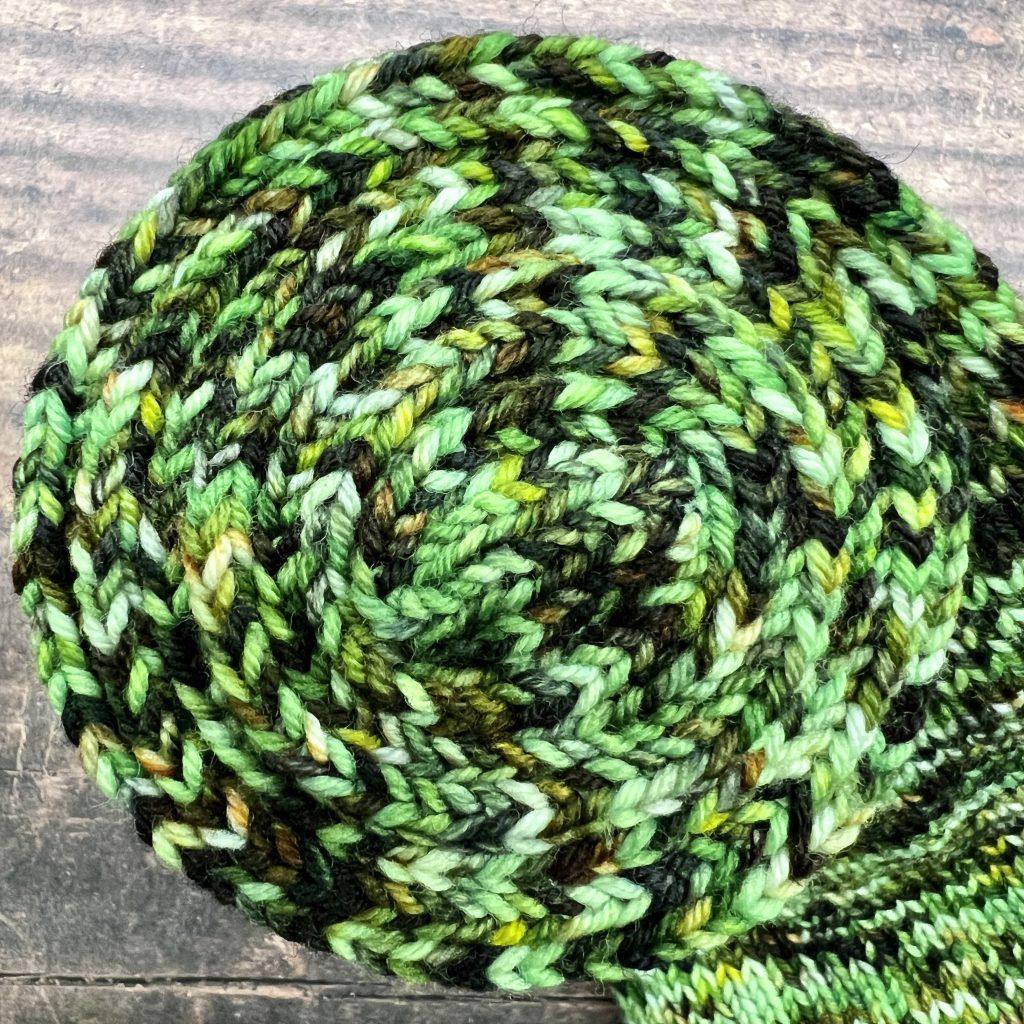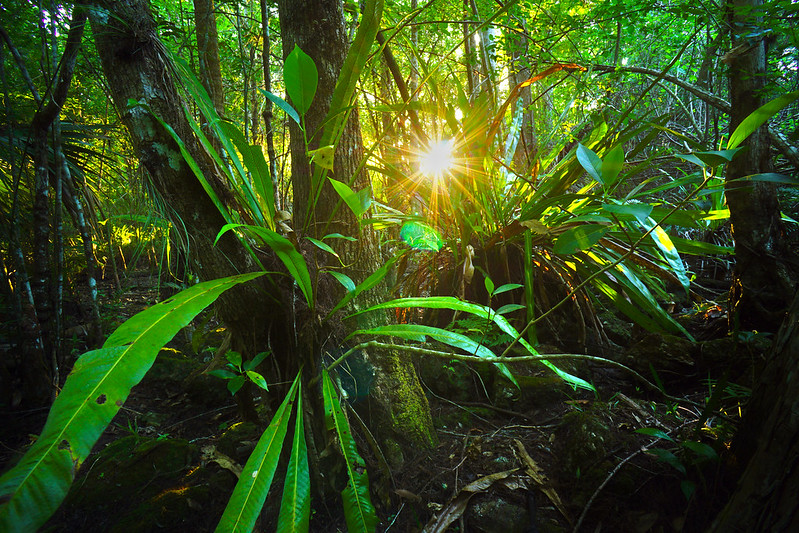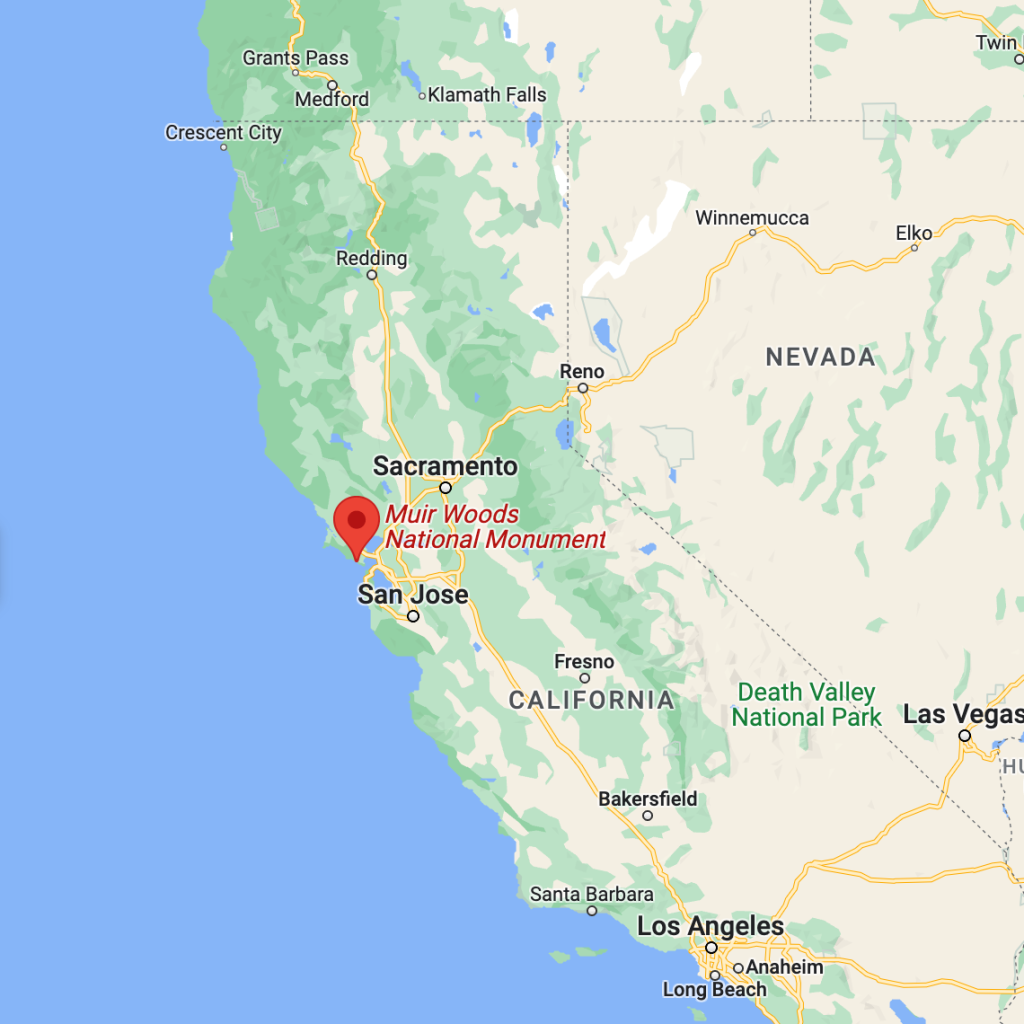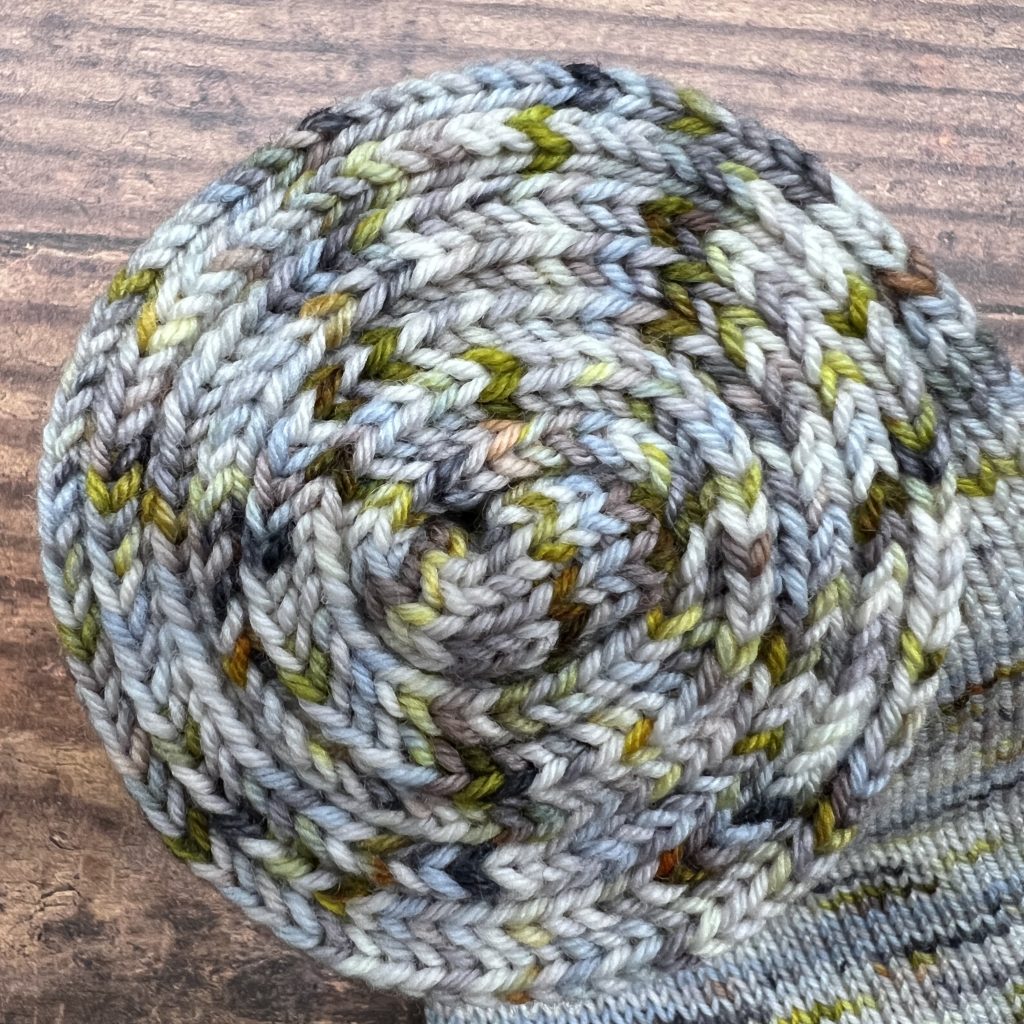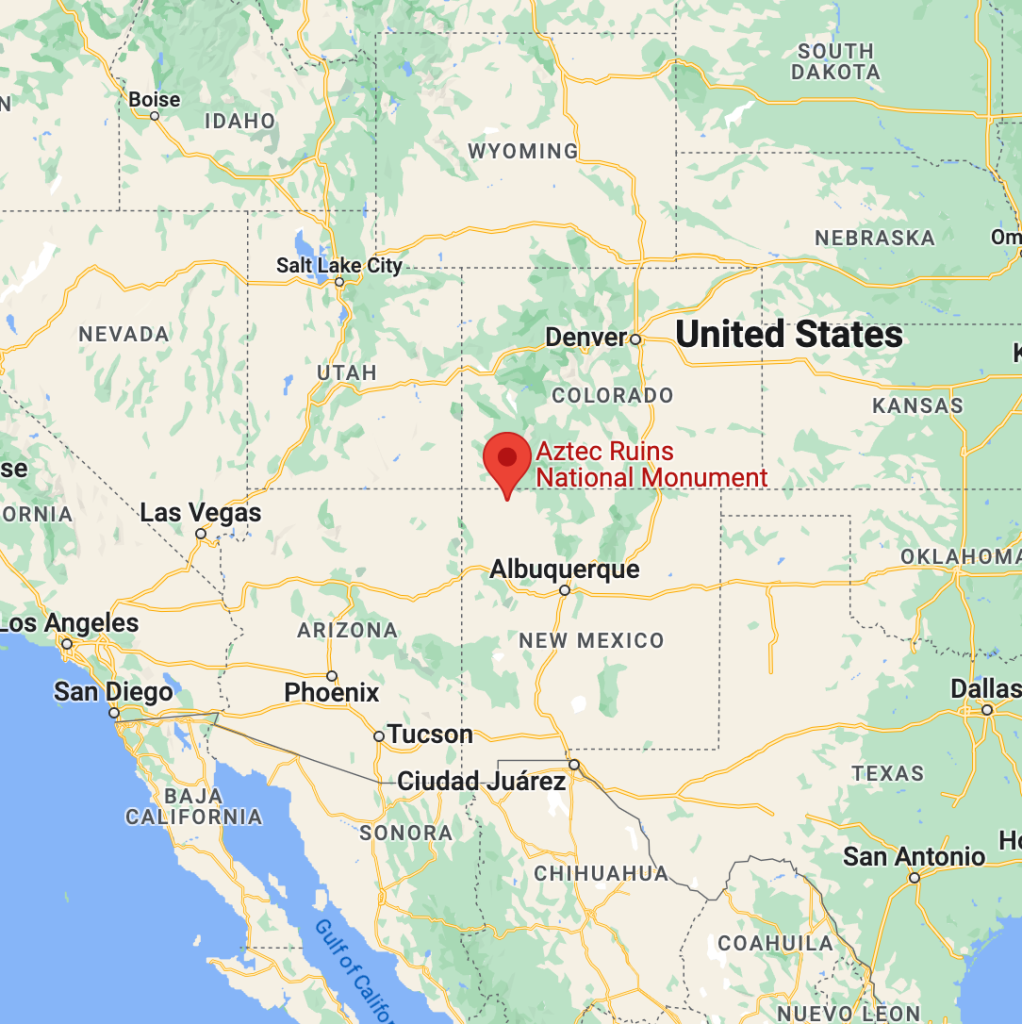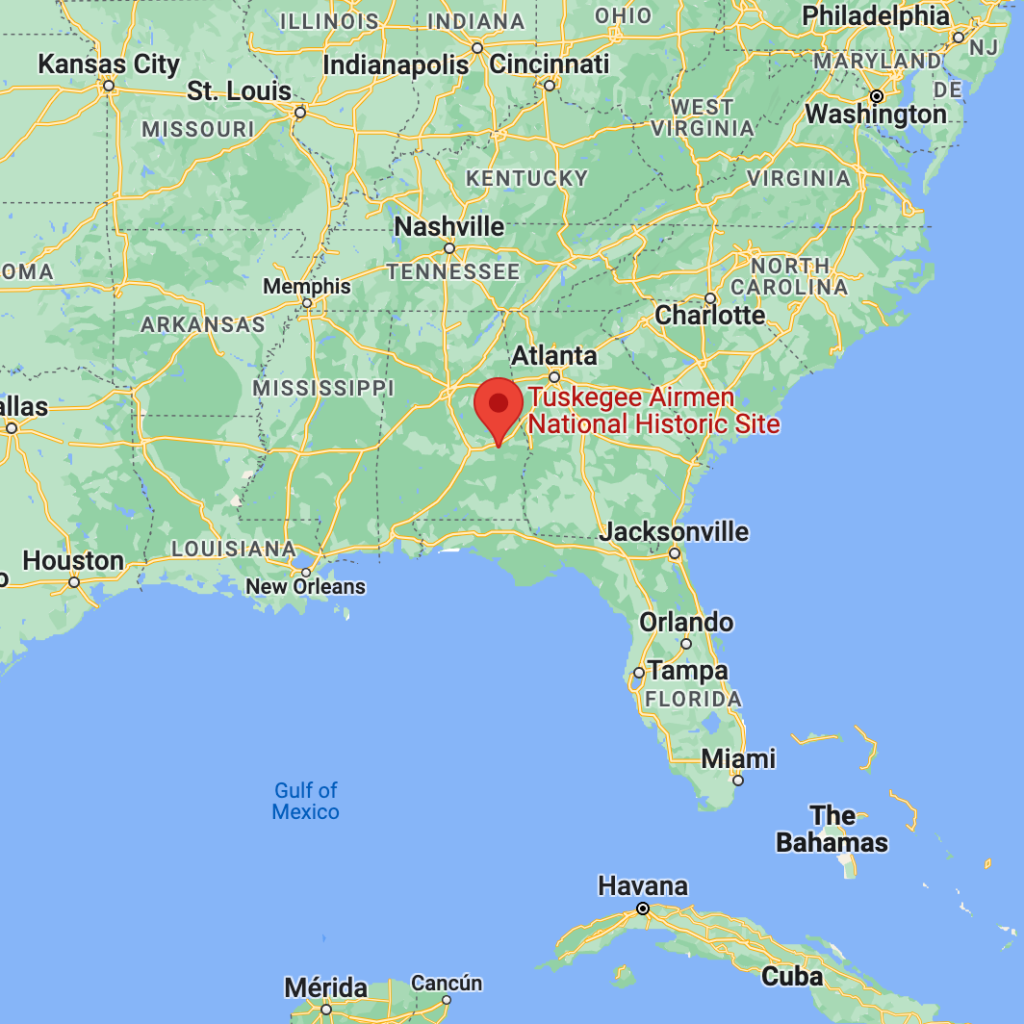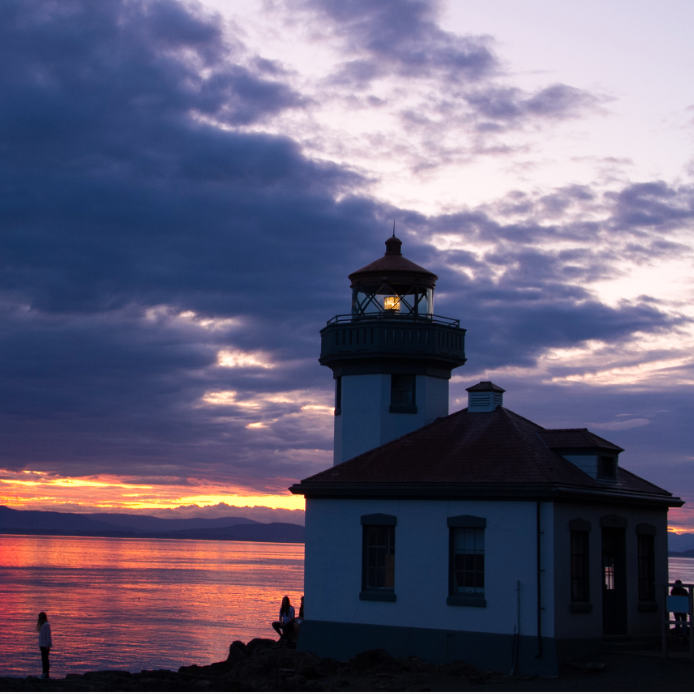It’s time for the annual National Parks Club! Find out information about participating shops and more here.
Where is it located?
337 Bleecker Street, in Greenwich Village, New York City, New York
Whose land does it reside upon?
Greenwich Village’s known history dates back to the 16th century, when it was a marshland called Sapokanican by Native Americans who camped and fished in the meandering trout stream later known as Minetta Brook.
When was it established?
2021
About this park:
The Lorraine Hansberry residence, listed in the National Register of Historic Places in 2021, is nationally significant for its association with the pioneering Black lesbian playwright, writer, and activist, Lorraine Hansberry. Hansberry resided in a third-floor apartment in this building from 1953 to 1960, the period in which she created her most important works.
During her time in the building, she wrote her groundbreaking play, A Raisin in the Sun, in the apartment and, in 1957, first read it aloud there to her friend Philip Rose, who went on to produce it. In March 1959, Hansberry made history as the first Black woman to have a play staged on Broadway with Raisin’s premiere at the Ethel Barrymore Theater in Manhattan. During these years, she also became the first African American playwright and the youngest playwright to win the New York Drama Critics’ Circle Award for Best American Play. An instant celebrity, Hansberry was photographed in her book-lined apartment on Bleecker Street for Vogue Magazine one month after the play’s premiere. A Raisin in the Sun, considered a classic, has become part of established literary canon and is taught in schools throughout the United States.
The Hansberry Residence is also significant for its important role in breaking the barriers of the time that challenged traditional views of race, class, gender, and sexuality. Hansberry was a dedicated activist for social justice and she worked alongside civil rights activists, such as writer James Baldwin, and singer Nina Simone. She contributed to a variety of publications that focused on racial justice, communism, women’s equality, and LGBT causes in her lifetime. Many of these articles were written in her apartment at 337 Bleecker Street. Even before the success of A Raisin in the Sun, Hansberry privately began to explore her lesbian identity; she found community in her small lesbian social circle in Greenwich Village and had at least two relationships with women who lived close to her Bleecker Street apartment. While she was vocal about civil rights and other issues, she remained private about her sexuality, choosing instead to participate in LGBT issues anonymously through her writing, both before and after she achieved literary fame.
Why did we choose these colors?
We used the photo of the residence on this page as our color inspiration: https://www.nps.gov/places/lorraine-hansberry-residence.htm
For more information:
NPS website: https://www.nps.gov/places/lorraine-hansberry-residence.htm





